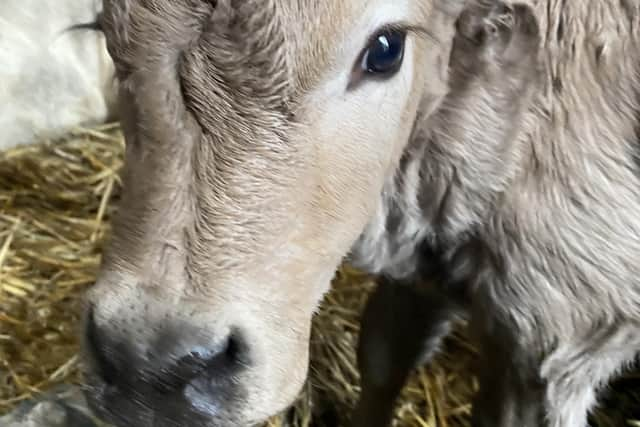Steps to stamp out NI BVD cases
and live on Freeview channel 276
The recent DAERA consultation on BVD herd restrictions should lead to additional legislative measures to control BVD infection in Northern Ireland.
Industry engagement with DAERA, requesting a full suite of Programme enhancements, is ongoing.
Advertisement
Advertisement
The Stakeholder Engagement Plan for 2023 is targeted at building on the gains made since the start of the compulsory programme, and aligning industry actions with conditions for BVD freedom as set out in the EU Animal Health Law.


Measures include:
1. Isolate and cull BVD Positive cattle at the earliest opportunity. Consider immediate culling of BVD Positive cattle, particularly if BVD has been confirmed in your herd within the last two years.
If a decision is taken to retest, arrange for your vet to take blood samples three weeks after the initial sample was taken (ie three weeks from the date that the tag was inserted in the calf’s ear or from when an initial blood sample was taken).
2. Take ear tissue tag samples from calves as soon as possible after birth. In line with veterinary and scientific advice, ear tissue tag testing continues to be a compulsory requirement and is likely to continue until eradication is achieved. Submit samples promptly.
3. Review biosecurity:
• Reduce the risk of selling BVD infected cattle.
Advertisement
Advertisement
Don’t sell cattle for a minimum of 3 weeks after the last BVD Positive animal has been culled, nor any female that may have been in calf at the time of the birth of the Positive, until her calf has been born and tested with a Negative result for BVD.
• Aim to purchase cattle from herds that have not had BVD infection in the last two years. Find out if and when BVD has been present in herds from which you are considering buying stock. This will reduce the risk of buying in Transiently Infected animals or a ‘Trojan’ female that could be carrying a BVD Persistently Infected calf.
Purchasing cattle from BVD-free herds will help your herd to gain BVD-free status in the future.
• Keep cattle away from neighbouring herds.
Avoid grazing cattle on land where cattle from other herds are in adjacent fields unless there is double fencing (with a gap of 3 metres) or stock-proof hedging.
Advertisement
Advertisement
This will minimise the risk of transmission of infectious agents from infected animals in neighbouring herds.
4. Test cattle that do not have a BVD status, to complete your herd’s BVD profile. Sample and test cattle: with previous ‘No Sample’ results; that have been imported without a valid BVD test; or that were born before the start of the compulsory scheme (1st March 2016) and have not had a Negative status calf registered against them.
5. Be aware of industry measures to control BVD.
The voluntary abattoir ban on the slaughter of BVD Positive cattle remains in force and retention of BVD Positive cattle continues to be a non-conformance in the Farm Quality Assurance Scheme.
AHWNI will continue to issue advisory letters and to contact affected farmers by phone where possible, to discuss the implications of BVD breakdowns.